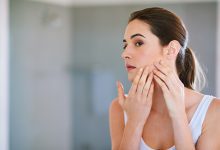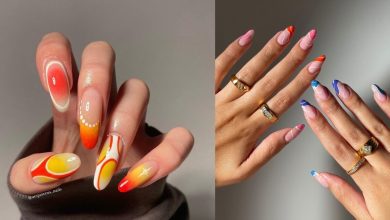Friend to Friend: These Are the Only Hair Dryers That Won’t Inflict More Damage
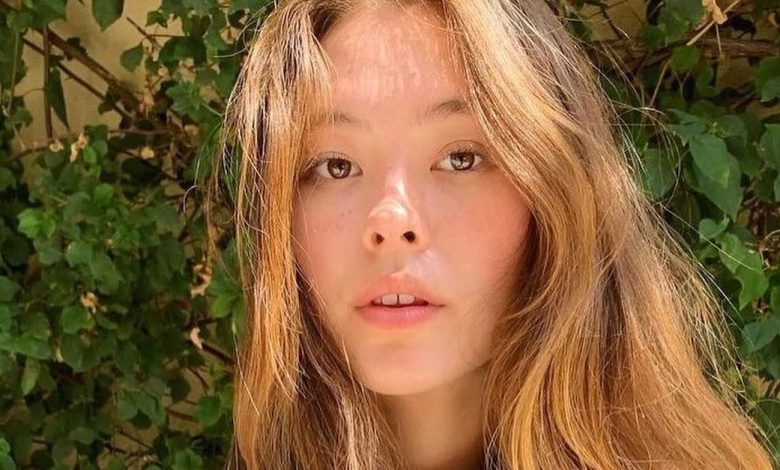
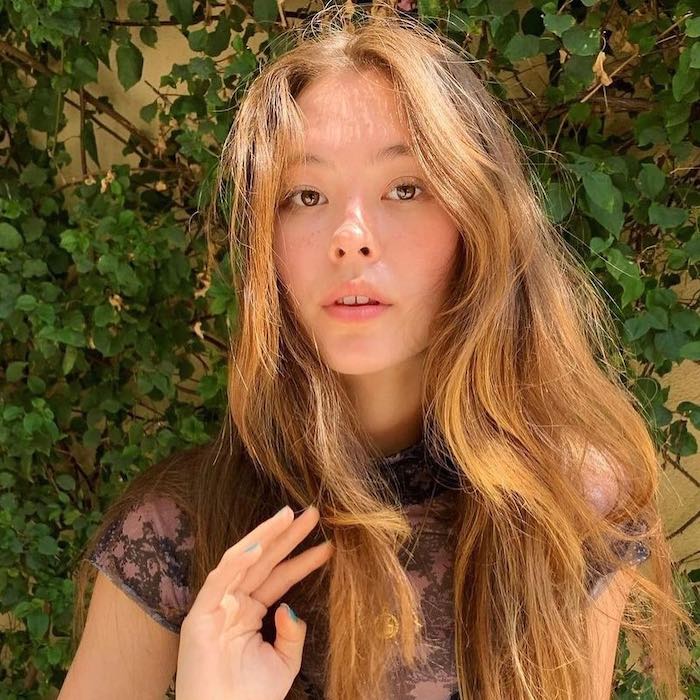
I have a love-hate relationship with heat tools. On the one hand, I love what they do, transforming my limp and lifeless locks into a style with movement and body. I have naturally fine and dry hair, so that’s a big deal to me. On the other hand, I hate the damage they can cause with every styling session. All I have to do is use a cheap flat iron, curling iron, or hair dryer for a couple of weeks to see breakage, dullness, and split ends appear in droves.
That’s why it’s critical to find the right heat tools—those that will quickly and effectively style my hair while also minimizing damage. So far, I feel confident I’ve found the right flat irons and the right curling irons. I’ve even found the best hair dryers…but not for my dry, damaged hair. You see, my fragile strands need a hair dryer that’s gentle enough to prevent even more damage, yet strong enough to, you know, actually dry my hair. It’s a fine line to walk. So as any beauty editor would do, I turned to the experts and the internet to get the best recs. Ahead, see the seven best dryers for damaged hair. Plus, learn at-home blowout tips from pros.

What to Look For in a Hair Dryer for Damaged Hair
Before we talk about the exact dryers that experts and the internet recommend, let’s talk about what makes a good hair dryer in the first place. According to Jamila Powell, founder of Naturally Drenched and owner of Maggie Rose Salon, it comes down to three things—heat control, airflow, and wattage.
“Traditional hair dryers can cause damage and frizz because of a lack of heat control and airflow, but ionic and ceramic hair dryers—preferably with heat control—can effectively dry your hair with minimal damage,” she says. “Another thing to pay attention to is the wattage of your hair dryer. Wattage determines heat and drying speed, and a dryer with a wattage around 1400 will effectively dry all hair textures without going overboard and causing damage.”
In other words, blindly choosing any old hair dryer you find at the drugstore simply won’t cut it. Not only could it prove to be extremely damaging to already damaged hair, but it could lack efficacy too. And who wants to stand in front of a mirror with a tired arm holding up a screeching hair dryer any longer than they have to? Not me.
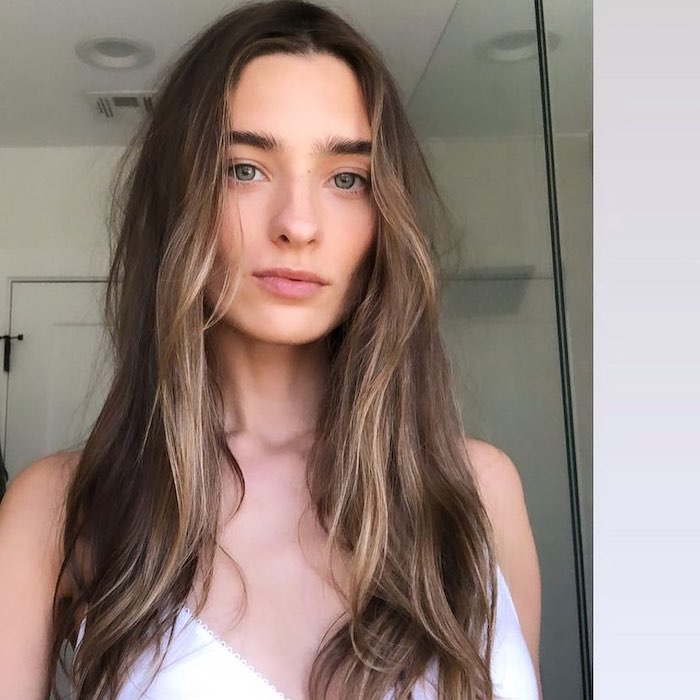
The 7 Best Hair Dryers for Damaged Hair
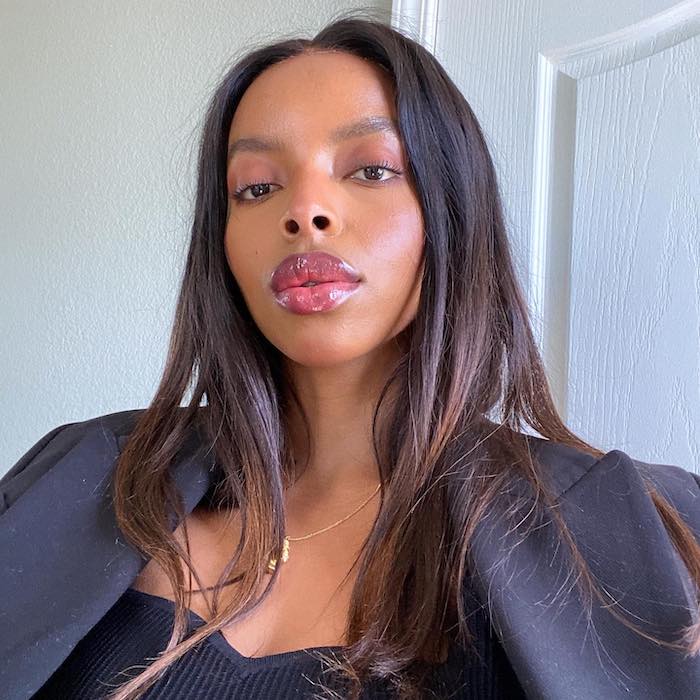
Even though the right hair dryer can make a world of difference in the health of your hair, it’s not the only variable to consider. As Powell puts it, “Choosing the right hair dryer is only half the battle!” You also have to consider how you’re using a hair dryer and what products you’re using to protect your vulnerable strands from thermal damage. If you’re not using anything, then it’s time to start. The pros have some suggestions.
Tip #1: Make Sure Your Hair Is Mostly Dry Before Using a Hair Dryer (Yes, Really)
#2: Apply Heat Protectant
Tip #3: Dry Your Hair in Sections—Not All at Once

After rough-drying your hair, you should always blow it out in sections. That’s according to Scott, who says, “When it comes time to smooth the hair, I always start with the hairline, taking half-inch sections, blow-drying the hair away from the face, and using lots of tension with a boar-bristle round brush. Keep taking half-inch sections until every section is smooth and shiny.”

Powell agrees, saying drying your hair in sections is the key to replicating a professional salon blowout at home. “This will help ensure even drying without causing a full head of frizz that results from the cuticles getting pushed up in different directions,” she says.
This article was originally published at an earlier date and has been updated.
Explore More:
Source: WhoWhatWear
Related Posts
- 5 foods you must have if want Korean Glass Skin
- I Asked the Coolest People I Know: What Makes an It-Girl Lip Balm?
- 7 hairstyles for women popular in 2025 weddings
- 12 Coconut Perfumes That Smell Like an Expensive Vacation (and Not Sunscreen)
- The 6 Hats Everyone Will Be Wearing Instead of Bucket Hats This Summer


